The Week in Social: Instagram taps, Portals and Pixels

Instagram testing the tap
Fun science fact: studies indicate that it takes as little as 13 milliseconds for your retina to transmit light information to the brain. At its fastest, it takes 80-120 milliseconds for your brain to command your body to react. That reaction is faster when telling the eye to focus on a different part of a picture. It is slower when telling your hand to move. And yes, if you’re with me thus far, we are all actually living in the past.
I bring this up because it seems that Instagram may want you to spend more milliseconds on content. This week, an Instagram user spotted a feature-in-testing that replaces the swipe with the tap. Is this yet another feature borrowed from Snapchat? Or, is it means to better measure how much time you spend viewing content types? Will it force us to spend those critical 250 milliseconds with an advertisement? If this update rolls out to a larger audience, expect your insights to change – fast.
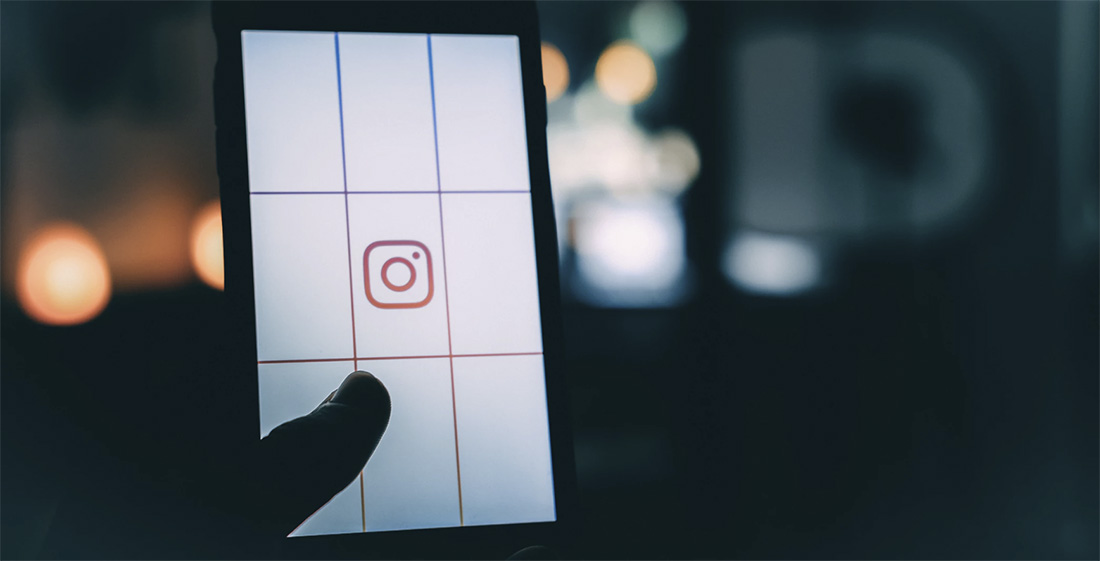
Read more at TechCrunch
All emojis made equal
A link in a Tweet costs 23 characters. An image costs the same. If you knew that already, you were probably thrilled when Twitter doubled their character limit a little more than a year ago. By comparison, a base emoji costs 2 characters. If you modify gender or race, that emoji gets more expensive and can be up to 9 characters. But, no more! Twitter’s new and inclusive emoji library reduces the cost of all emoji to 2 characters. Go forth and publish broad thought with complex iconography as you will.

Read more at Emojipedia
Instagram detection for bullying
If Instagram wants to be the place for teens, it must provide protection from bullying. Newly appointed Head of Instagram Adam Mosseri chose this issue as the subject of his first blog post. Would-be bullies commonly avoid detection by scrawling a note on paper and sending an image of the threat or insult. Instagram’s new image algorithm will be detect suspicious images and videos, and refer them to live moderators.
Read more on the Instagram Blog
Facebook Portal
When you can’t be there, Portal and Portal+ will let you feel there. That’s Facebook’s promise with their new video calling service designed for the home, and apparently the kitchen. The devices come loaded with all the protections, privacy measures, and smart-camera movement one would expect. But the real question is: are consumers ready to adopt a video phone as a stand-alone device? Time will tell.
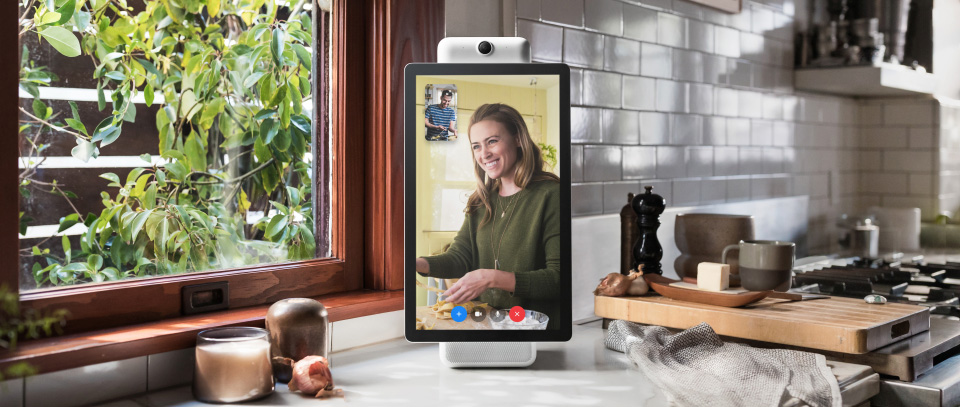
Read more at Facebook Newsroom
AR story telling in Snapchat
When we, as a planet, fired up Snapchat and began decorating our faces with puppy noses, Snapchat knew AR would be a big deal. Snapchat is teasing its 12 new Snap Originals through augmented reality portals. The teaser video for the feature indicates interactions like a doorway in space, and virtual friends at a picnic on the lawn. If Snap can incorporate AR into the shows themselves – that might be brain stimulating storytelling indeed.
Read more at Social Media Today
Google lens works in real-time on Pixel3
The first time that a company announced that they would put a camera on a phone, a fellow cynic shared this insight. “We’re going to wind up pointing our phones at things and pressing a button that asks what that thing is. It’s the end of the hippocampus.” Though we first saw image recognition in Google Goggles, that exact use case is now standard on the Pixel 3. Hence, new Pixel 3 users can aim the camera at a magazine, a movie poster, or foreign languages and get instant relevant results according to each.
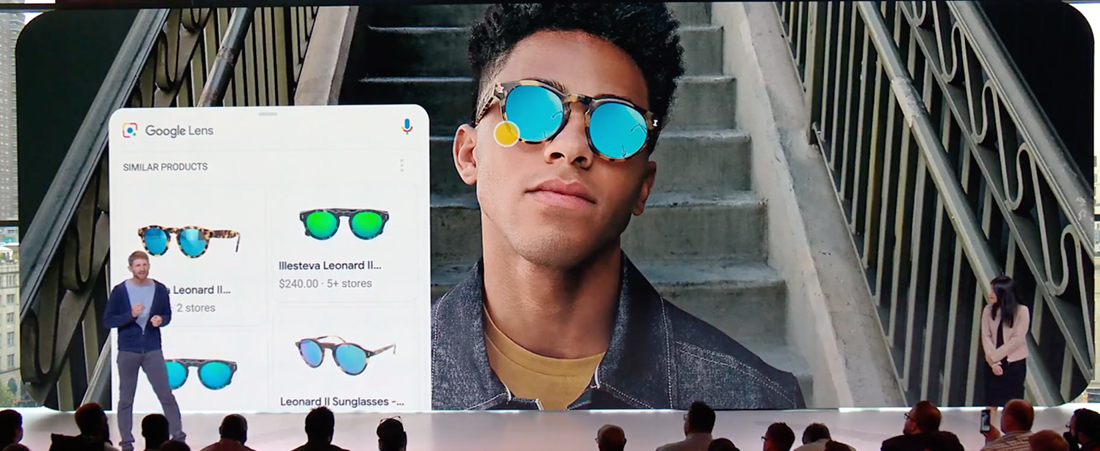
Read more at TechCrunch
Twitter’s first GDPR fight
You already knew that any URL you enter into Twitter is shortened. This happens to save on character counts, and to protect users from malicious links. However, a privacy researcher in the U.K. asked Twitter if they were tracking which shortened links he clicks on, which is his right within GDPR rules. The social platform refused to provide that information, thus an investigation and lawsuit are coming.
Read more at Fortune
Things GenZ likes
It is reductive to group people by age, give them a catchy name, and lock them into the same behavioral category. That said, 16-24 year-olds are commonly more interested in Snapchat, YouTube and Instagram. This is good news for YouTube and Instagram (Facebook), who control 57.7% of the digital ad market. But, Snap still hangs on. So why does the younger generation cling to Snapchat? Our guess: cos old people don’t know how to use it. Wait, do I tap or swipe?
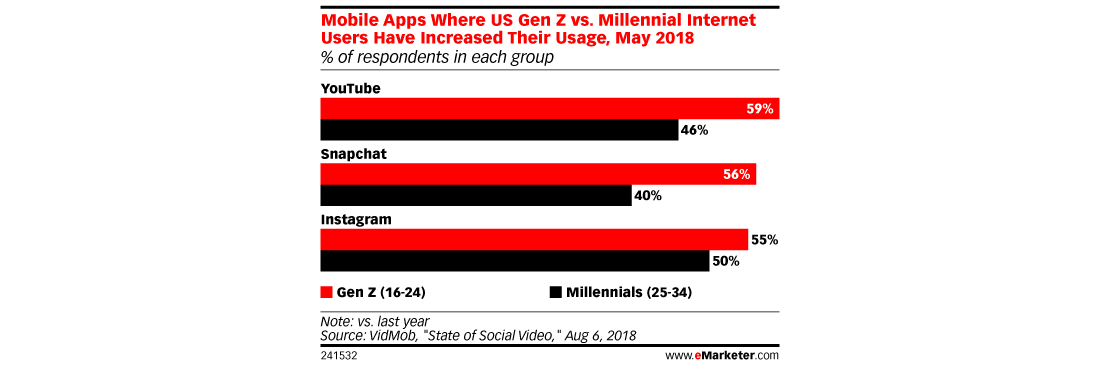
Read more at eMarketer
…on selfie filters
As iPhone, Pixel and Samsung all introduce cameras and features that promise better portraits, one wonders which phone is the real king of the selfie? Chances are, you already have the answer.
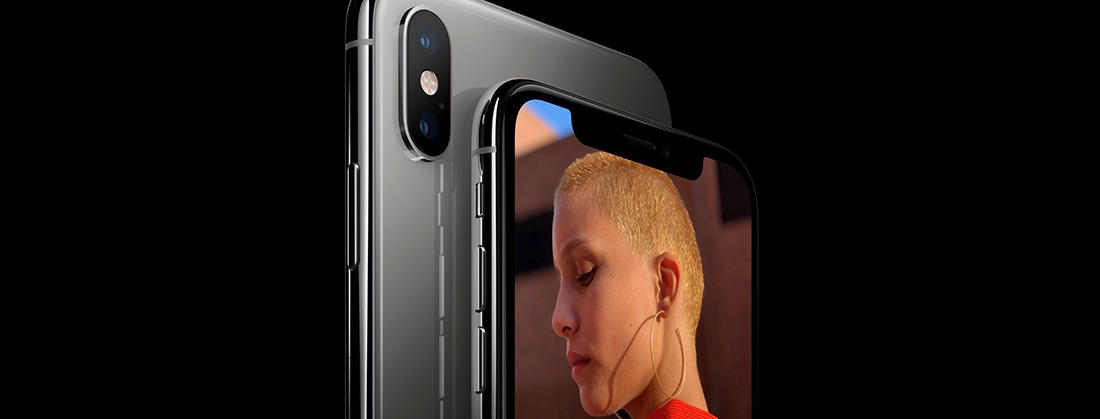
Read more at 9to5 Mac